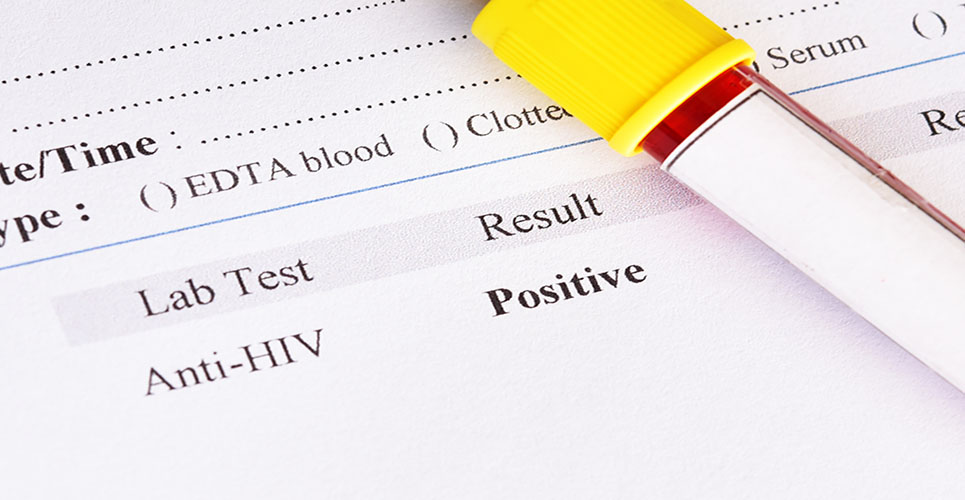teaser
The European Commission (EC) has granted marketing authorisation for Edurant® (rilpivirine) as a once daily treatment in combination with other antiretroviral agents (ARVs), for the treatment of human immunodeficiency virus type 1 (HIV-1) infection in ARV treatment-naïve adult patients with a viral load ≤100,000 HIV-1 RNA copies/mL.
Rilpivirine is a non-nucleoside reverse transcriptase inhibitor (NNRTI) and has been shown to offer similar efficacy and a better tolerability profile with respect to central nervous system (CNS) side effects, including insomnia, depression and dizziness, rash, triglyceride elevations and severe vitamin D deficiency compared to the standard of care (efavirenz).
“As people with HIV are living longer than ever before, there is now a greater necessity for therapies with improved tolerability and dosing simplification, which can be tailored and individualised depending on patient needs,” said Jean-Michel Molina, MD, Professor of Infectious Diseases at University of Paris Diderot in Paris and ECHO/THRIVE study investigator .
“The approval of rilpivirine is an advancement for patients as it offers previously untreated patients more treatment choice, as well as a different tolerability profile to the current standard of care, which may suit some patients better.”
The marketing authorisation of rilpivirine is based on the 48-week analyses of ECHO and THRIVE, two randomised, double blind, active controlled, global Phase 3 clinical trials which evaluated the efficacy, safety and tolerability of rilpivirine compared to efavirenz in more than 1,350 treatment-naïve HIV-1 adult patients in over 20 countries.

In the overall population, 84.3% of patients in the rilpivirine arm achieved an undetectable viral load (< 50 HIV-1 RNA copies/mL) at week 48 compared to 82.3% in the efavirenz arm.
In the licensed indicated population (i.e. patients with a baseline viral load of ≤ 100,000 HIV-1 RNA copies/mL), 90.2% of patients in the rilpivirine arm achieved an undetectable viral load at week 48 compared to 83.6% in the efavirenz arm and virologic failure (VF) was similar in both groups; 3.8% and 3.3% respectively (in the overall population VF was 9.0% and 4.8% respectively).
Rilpivirine demonstrated some advantages over efavirenz with regards to tolerability.
There were approximately half the incidence of grade 2–4 overall adverse events in the rilpivirine arm vs. the efavirenz arm (16% vs. 31%) including significantly lower incidence of rash, dizziness, abnormal dreams/nightmares, and lower incidence of grade 3–4 lipid abnormalities.
In the rilpivirine arm, the most frequently reported adverse drug reactions (ADRs) (≥ 2%) that were at least of moderate intensity were depression (3.5%), insomnia (2.9%), headache (2.6%) and rash (2.2%).
Rilpivirine was approved by the US Food and Drug Administration (FDA) in May 2011 and by the Canadian health authorities (Health Canada) in July 2011.
Marketing authorisation applications have also been submitted in other countries including Russia, Japan and Switzerland.

